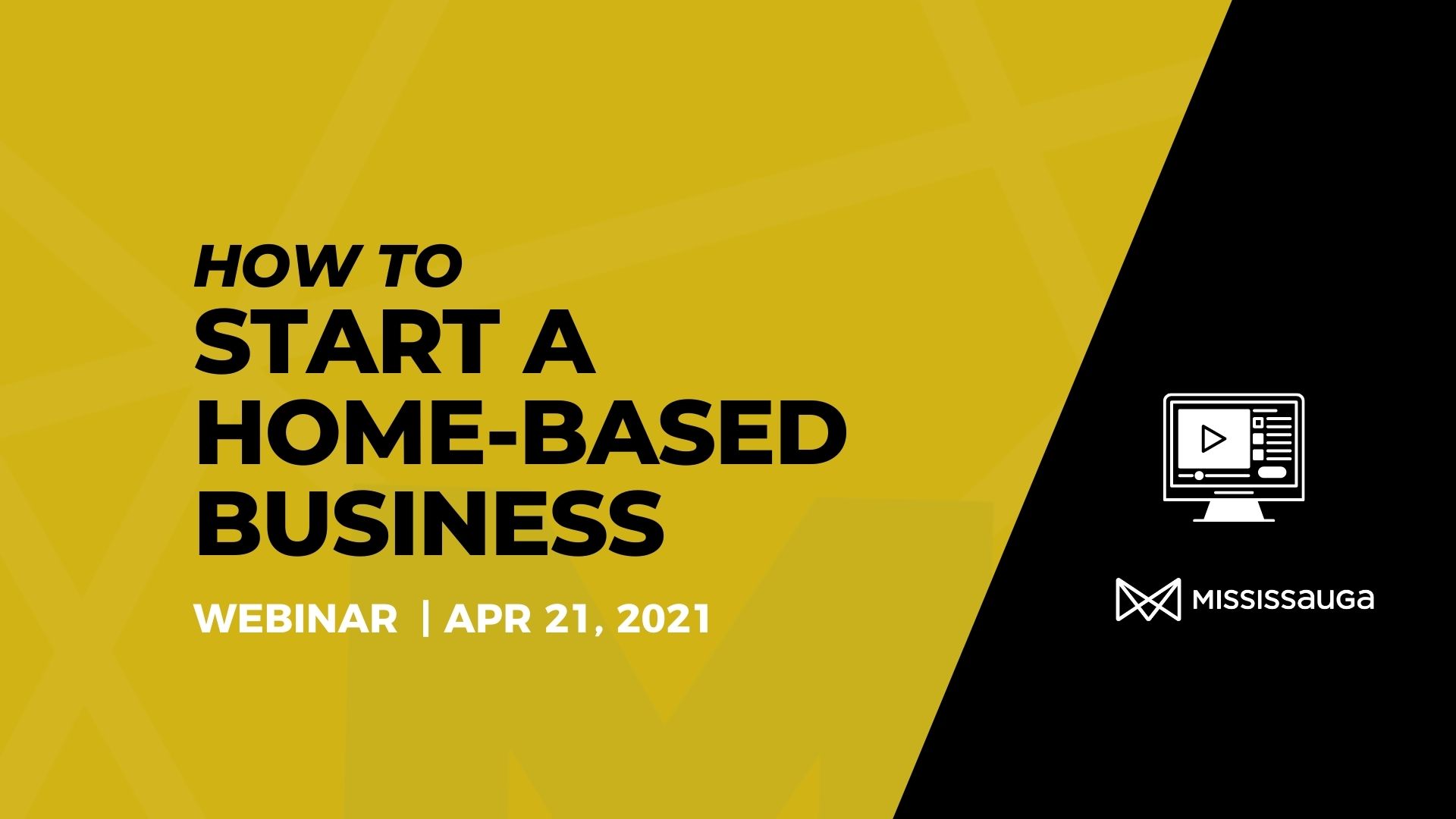

Its simple & sober platform will make all your work super easy and you can save your most precious times. Seriously ! You don’t need any type of technical skills or expertise to use it.
DOMAINER UNLIMITED WEBINARS SOFTWARE
If you have any doubt like “I have never used such software before, is it good for me or not?” Then calm Down! This software is only made for you to end all of your queries and fear. Infinite Webinar gives you such options you won’t find such amazing features anywhere at any other platform. Yes! Absolutely, It provides a simple interface to you to make all of your work super easy.Now its time to goodbye traditional webinar platforms. This amazing software provides you with a simple interface so that you can easily interact ,manage & optimize your webinars. If you are a newbie and have no experience using this platform or if you are using this Infinite Webinar for the first time then no more worries at all. Infinite Webinar Review : User friendly : So that you can get quick information about this software from here. Infinite Webinar Review : Ībove is the complete overview of Infinite Webinarr and I mentioned the creator name, lunch date of the product and front-end price. My Final Thoughts on Infinite Webinar Review.Infinite Webinar Review: Who Should Buy It?.Infinite Webinar Review : OTOs & Upgrading.Infinite Webinar Review :Complete PROs & CONs.The service the queries the DNS records to verify the sender's address. Sender ID (SID): a protocol based largely on SPF and promoted by Microsoft, SID is built into exchange servers, by reading the SMTP header.DKIM does not offer filtering capabilities, but can be used to guarantee legitimacy of the message. When a message is built, a digital signature is added to the email to ensure authenticity. DomainKeys Identified Mail: (DKIM) which provides a way to validate a domain name identity associated with a message.When false domains are used DMARC will stop the email from entering the inbox. Through reporting, DMARC can automate authenticity verification, and alert administrators to false email domains immediately. Built on two components, reporting and enforcement. Domain-based Message Authentication, Reporting and Conformance (DMARC): is an email authentication protocol based on reporting and enforcement components.This list of approved domain names in protected, and can be used to verify authenticity. Sender Policy Framework (SPF): an email validation system, SPF allows domain managers to authorize individual hosts to use a domain in email.Although email address authentication protocols and mechanisms have been specified to battle email spoofing, adoption of those mechanisms has been slow. By using domain forwarding, or inserting control characters, the URL can appear to be genuine while concealing the address of the actual website.Įmail spoofing is possible because the Simple Mail Transfer Protocol (SMTP) does not provide a mechanism for address authentication. Another method used by domain spoofing attackers is to use a cloaked URL. This type of attack captures all of the victims sensitive information. A more sophisticated attack can involve the perpetrator building a ‘shadow’ version of the World Wide Web by routing all of the user’s web traffic through the attackers console. The spoof website will frequently adopt the design of the target website and sometimes mimic the URL with alternate characters. Website spoofing: Website spoofing is the act of building a fake website with the goal of misleading users, gaining their trust, and assuming the identity of a legitimate group or organization. The purpose of email spoofing is to trick recipients into opening, or even corresponding with a solicitation. Email spoofing is a scheme used in both phishing and spam campaigns because users don't want to open an email if they don’t trust the legitimacy of the source. Users will commonly be prompted to enter financial details or other sensitive data, trusting that they are being sent to the right place.Įmail Spoofing: forging of an email header so that the message seems to originate from someone or somewhere different from the actual source.

Commonly, a spoof website or email will use logos, or any other kind of accurate visual design to effectively imitate the styling and branding of a legitimate enterprise or business.

This can be done by sending emails with false domain names which appear legitimate, or by setting up websites with slightly altered characters that read as correct.

Domain spoofing, a common form of phishing, occurs when an attacker appears to use a company’s domain to impersonate a company or one of its employees.


 0 kommentar(er)
0 kommentar(er)
